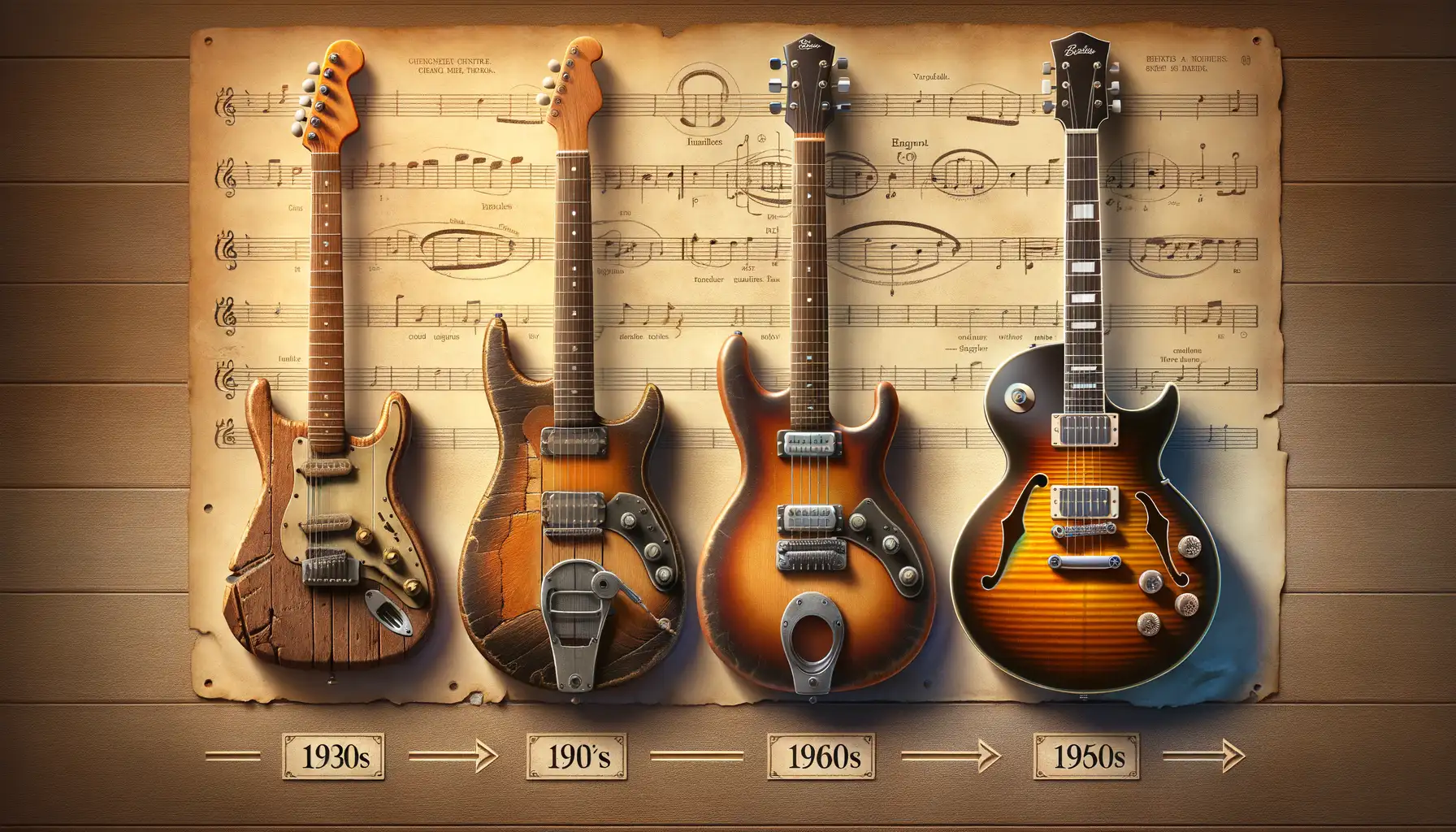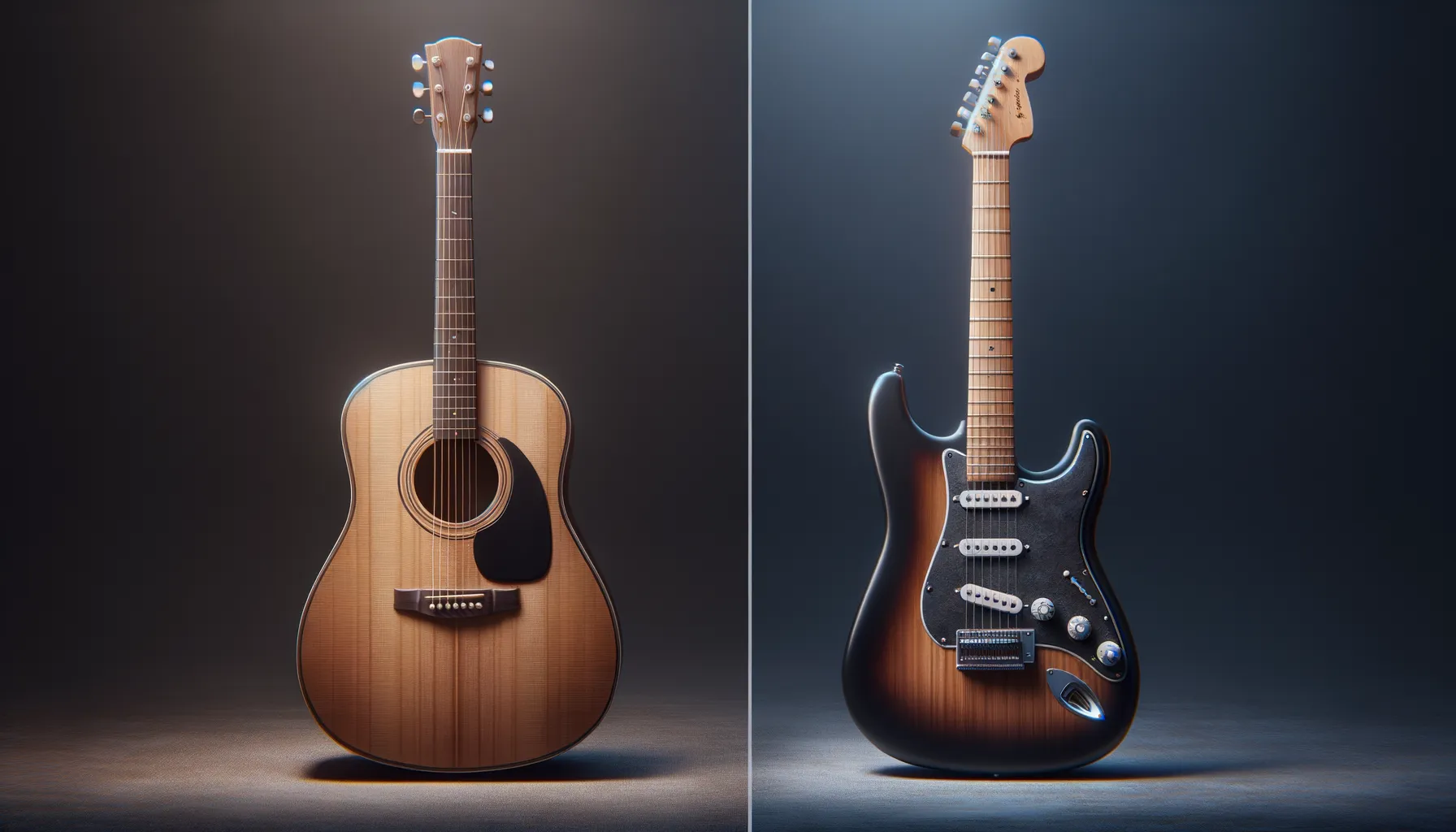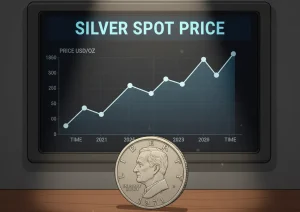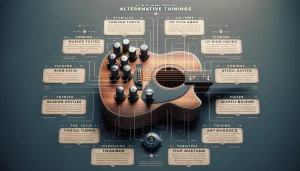Origins of the Acoustic Guitar
Tracing Strings Through Time
The story of the acoustic guitar begins thousands of years ago, in the hands of ancient civilizations striving to weave music into their daily lives. Imagine dusty streets of Mesopotamia or bustling markets in ancient Egypt, where musicians plucked at early stringed instruments like the oud and the lute. These ancestors of the modern guitar tell their own chapter in a global tale of innovation and creativity.
With every pluck and strum across centuries, the guitar evolved, eventually finding its way into 15th-century Spain. Here, the arrival of the vihuela made hearts swoon and inspired generations of artisans to perfect its design. Its body began to echo with richer tones, thanks to masterful craftsmanship, lighter woods, and carefully wound strings.
When Tradition Met Precision
By the early 19th century, along came Antonio de Torres, a Spanish luthier whose redesign cemented the guitar’s iconic look and feel: a larger body, thinner strings, and incredible resonance. His work gave us the blueprint for the acoustic guitars we cherish today.
Let’s not forget:
- The shift from gut to steel strings opened up louder, sharper sound.
- The adoption of bracing patterns, like Torres’ fan bracing, stabilized the instrument under tension.
Each pluck resonates with history—a reminder that music is as timeless as the wood it’s carved from.
Invention and Evolution of the Electric Guitar

How It All Started: Sparking a Revolution
Picture this: it’s the 1930s, the age of swing and jazz, where acoustic guitars struggled to be heard over the roar of brass instruments. Enter the innovators. Musicians and tinkering minds like George Beauchamp and Adolph Rickenbacker weren’t satisfied with being drowned out—they craved power, volume, and a sound that electrified the room. They took the humble guitar, added magnetic pickups to amplify its vibrations, and voilà—the electric guitar was born.
The first design, lovingly nicknamed the “Frying Pan” for its circular body, might look strange to us today, but it changed music forever. Imagine the joy of plugging in an instrument and unleashing a sound that filled every corner of a club. This wasn’t just invention—it was rebellion.
From Twang to Roar: Its Unstoppable Evolution
By the 1950s, the electric guitar had evolved into an icon. Companies like Gibson and Fender crafted masterpieces like the Les Paul and the Stratocaster, making jaws drop with their sleek looks and unmatched tones.
- The twangy riffs of early rock ‘n’ roll? All thanks to Fender’s Telecaster.
- Blues legends bending strings into aching cries? That’s Gibson’s magic.
- Loud, raw power driving punk and metal? Thank distortion pedals for that.
It’s not just an instrument—it’s a storyteller. From smoky blues bars to sold-out stadiums, the electric guitar revolutionized how we express emotion through music. Each chord, each note, is a reminder of its journey from invention to global domination.
Key Differences Between Acoustic and Electric Guitars

The Heart of Their Sound: Strings, Bodies, and Amplification
When you pick up an acoustic guitar, it feels alive in your hands. Its hollow wooden body is its beating heart, allowing the strings’ vibrations to resonate freely, filling the room with a warm, natural sound. Now contrast that with the electric guitar—sleek, almost futuristic, and powered by pickups that transform string vibrations into electrical signals. This difference in sound production creates two entirely unique musical worlds.
Think about volume.
- Acoustic guitars thrive in more intimate settings, perfect for serenading or unplugged sessions.
- Electric guitars, on the other hand, crave power, channeling their energy through amps and speakers, making them the kings (and queens) of rock stages worldwide.
Design, Feel, and Personality
Here’s a quick test: close your eyes and imagine strumming an acoustic guitar. You might picture a wooden beauty with a rich grain pattern, its slightly thicker neck asking for a firm yet gentle grip. Now imagine gripping an electric guitar—its slim body and faster neck seem to scream, “Let’s shred!”
Each has its personality. One whispers the secrets of folk and blues; the other commands attention with distortion and electrifying solos. Which vibe speaks to you?
Cultural Impact and Popularity Over Time

The Guitar as a Cultural Icon
Is there any instrument more intertwined with the pulse of history than the guitar? From intimate campfires to roaring stadiums, both acoustic and electric guitars have carved their mark into our world. The acoustic guitar, with its wooden body and rich, earthy tones, has long been the bard’s companion—think of Bob Dylan strumming heartfelt chords during civil rights rallies or Spanish flamenco players igniting passion with every pluck.
Then came the electric guitar, an electrifying disruptor (pun intended!), smashing its way into the mid-20th century. You can’t think of rock ‘n’ roll without hearing Chuck Berry’s riffs or envisioning Jimi Hendrix lighting his guitar—and the stage—on fire. Suddenly, the guitar wasn’t just an instrument; it was rebellion, creativity, and the ultimate symbol of cool.
- 1960s: Think folk revival and Woodstock acoustics. But also Hendrix, Clapton, and Zeppelin pushing electric boundaries.
- 1980s: Enter shredding solos, hair metal, and Eddie Van Halen reinventing what the guitar could even sound like.
These instruments captured the zeitgeist of each era, bridging genres, smashing societal norms, and giving voice to generations.
Choosing Between Acoustic and Electric Guitars Today

What Sparks Your Musical Soul?
Standing at the crossroads of guitars can feel like choosing between two legendary heroes. On one hand, an acoustic guitar offers simplicity and intimacy—a raw, unfiltered connection between you and the music. On the other, the sleek, electrified power of an electric guitar carries the promise of endless creative possibilities. The right choice? It all depends on your journey.
If you’re drawn to warm, organic tones, imagine yourself strumming an acoustic by a campfire, its sound filling the air with no need for cables or amps. An acoustic speaks with its own voice—perfect for folk, classical, or songwriting explorations where every note feels like an open diary entry.
For fearless experimentation, though, the electric guitar is your playground. With distortion pedals, looping effects, and amps that roar, it lets you craft sounds from soft whispers to outright chaos. Picture stepping onto a stage, shredding a riff that commands attention—yeah, that’s pure rockstar energy.
- Do you adore portability? Acoustic guitars win here—no gear needed.
- Want to push sonic boundaries? Electric guitars let your creativity go wild.
Think About Feel, Style, and Even Gear
Don’t underestimate how it feels in your hands! Acoustics usually have thicker strings, which build finger strength but can be tough for beginners. Electrics are gentler on your fingers, often becoming the weapon of choice for younger players diving into sharp, vibrant solos.
Also, consider your musical ambitions. Dream of performing unplugged, intimate gigs? The acoustic guitar is your trusted ally. Want to emulate legends like Jimi Hendrix or John Mayer? Plug in that electric—don’t forget the amp!
In the end, both kinds of guitars are storytellers. Which one tells yours best?






